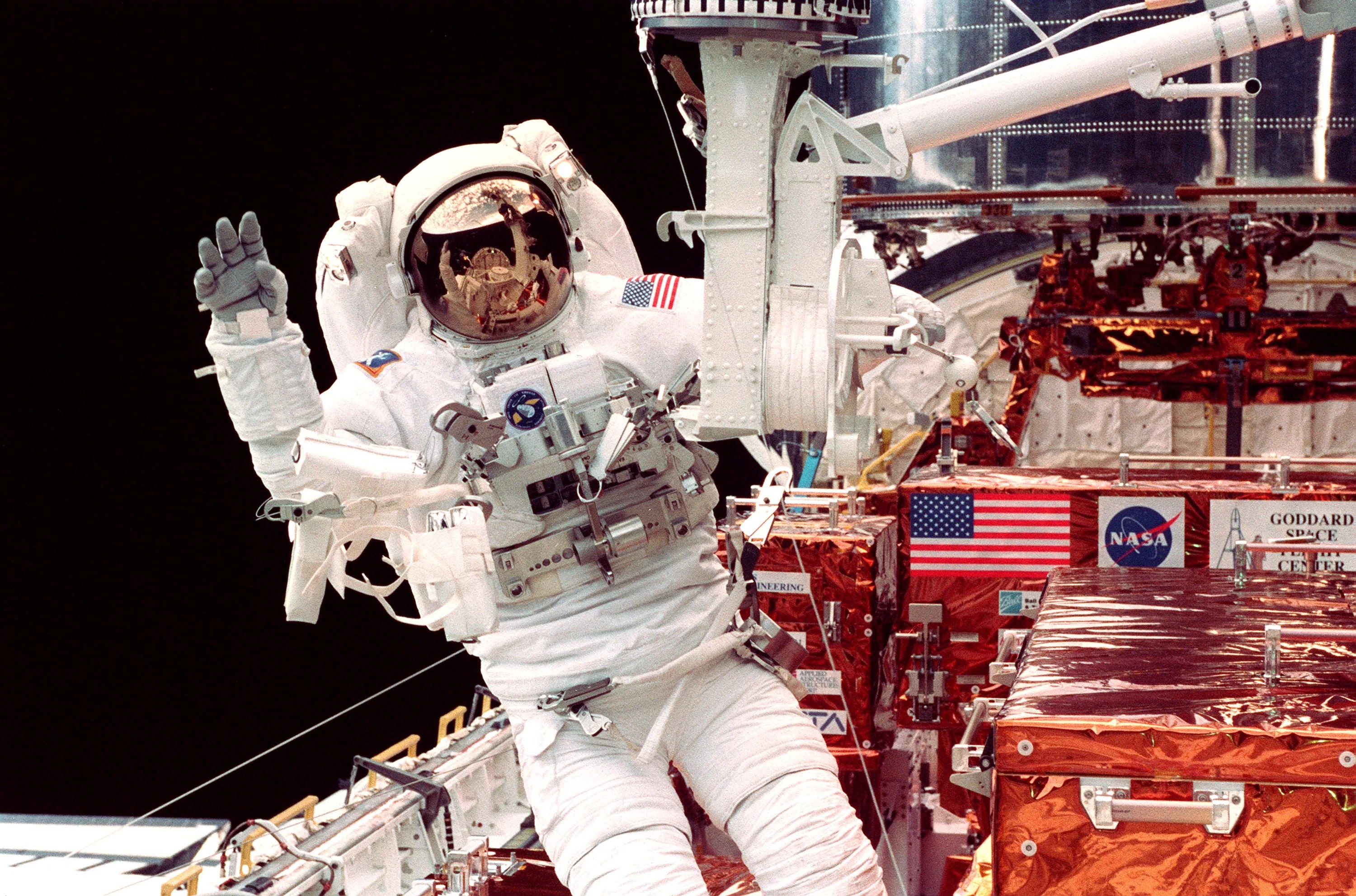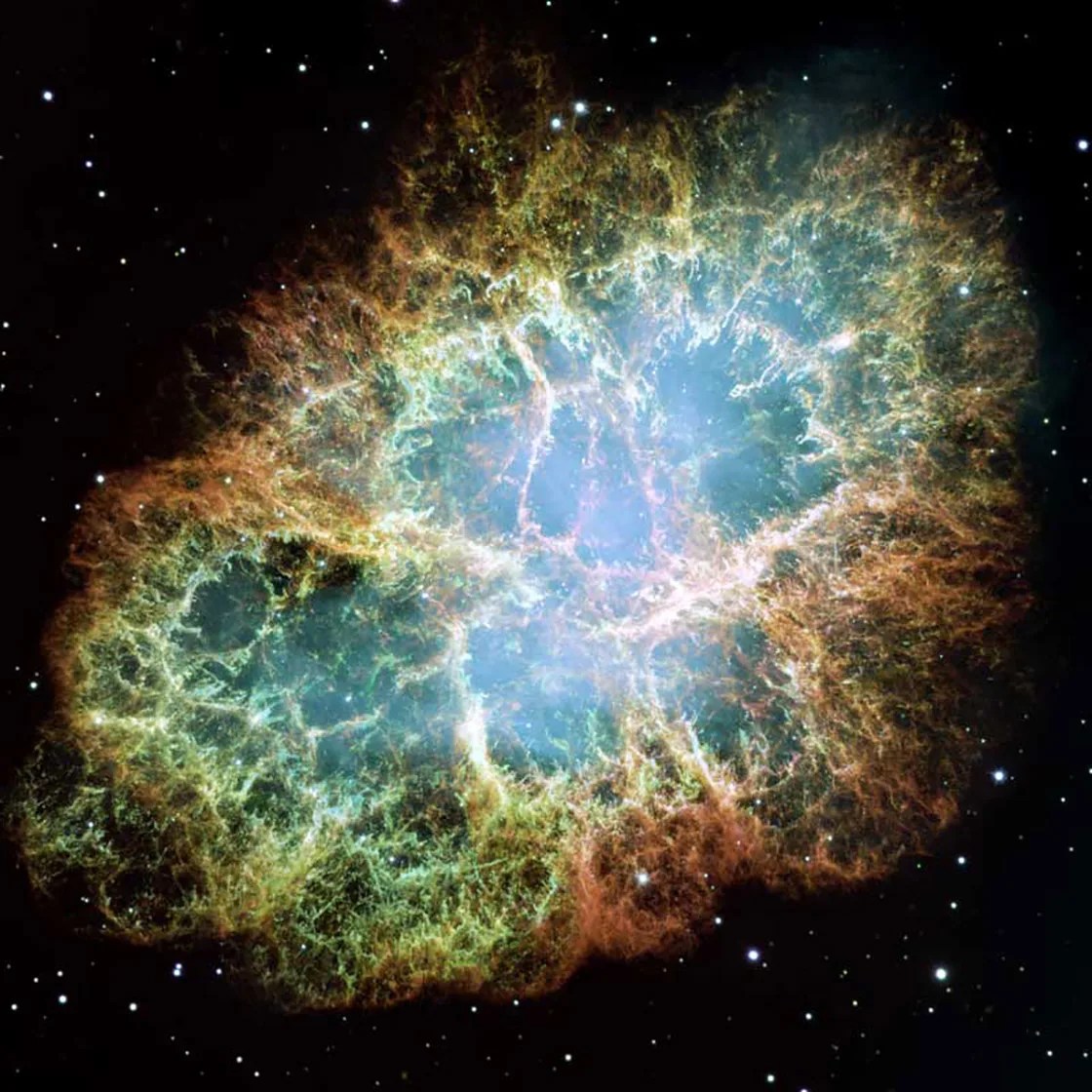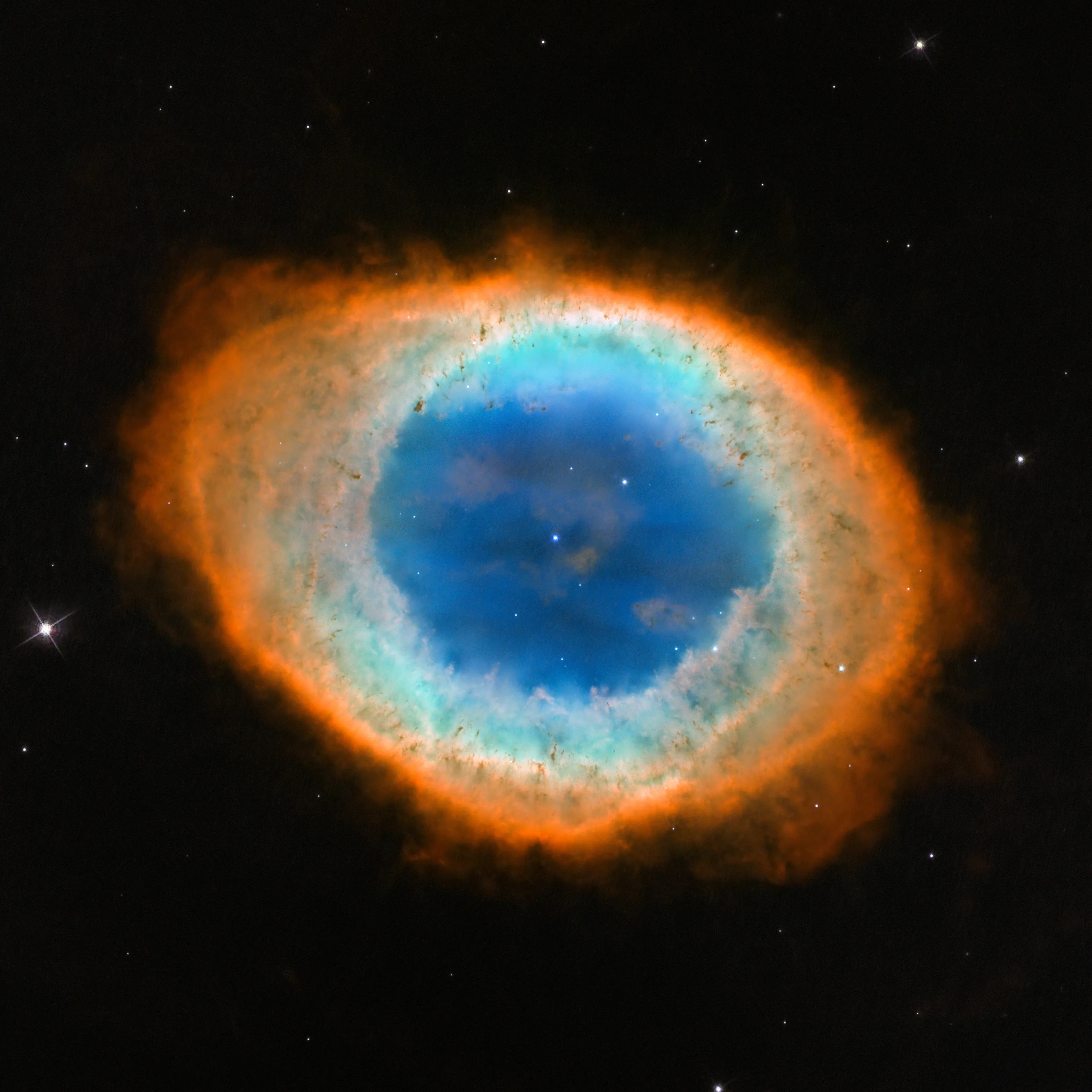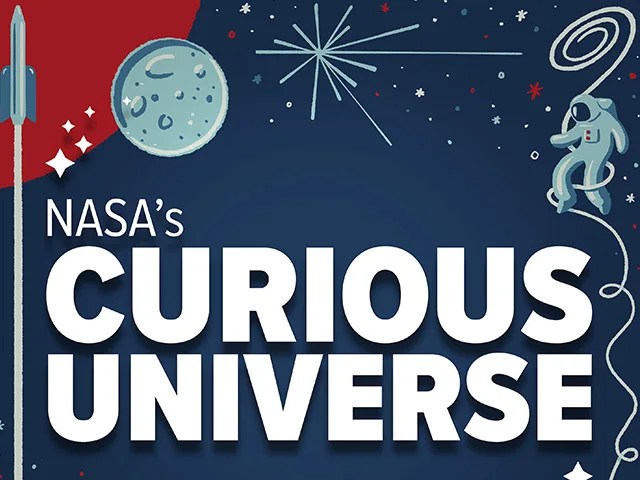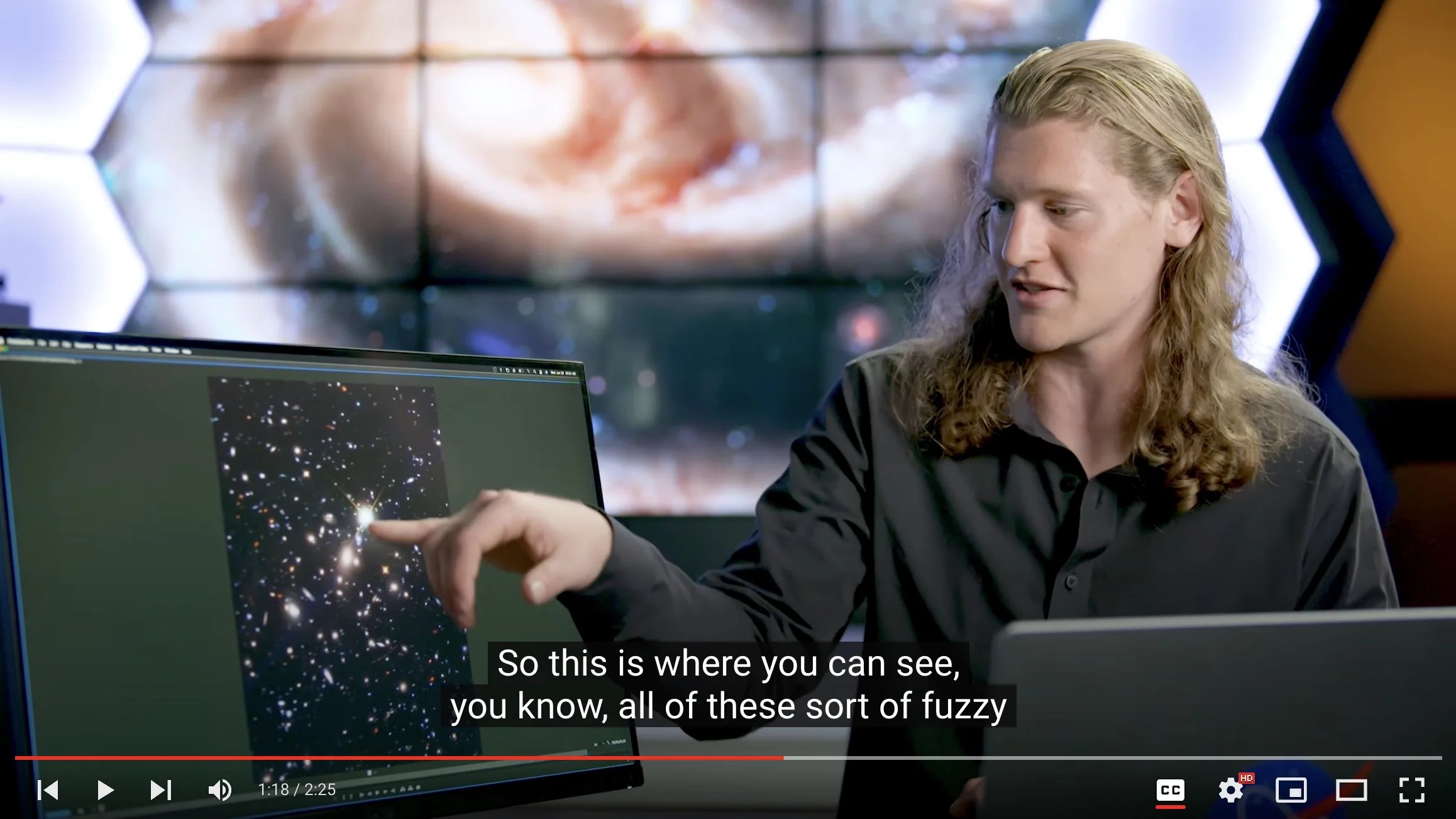Hubble Focus: Our Amazing Solar System
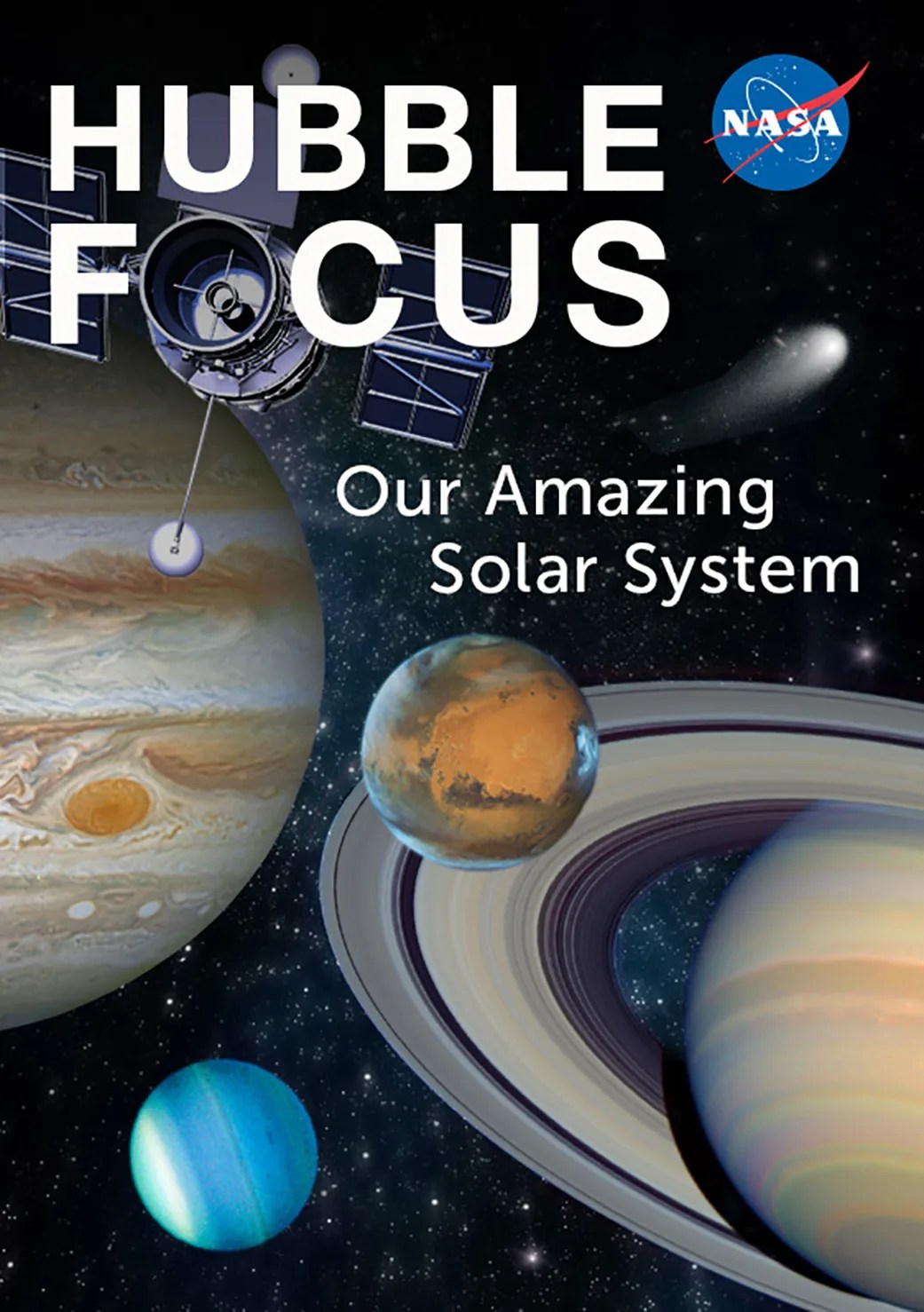
The Hubble Space Telescope has seen asteroid collisions, the disintegration of an icy comet, and countless other encounters. Many of these observations were unexpected and help scientists understand how the solar system is changing, said Jennifer Wiseman, Hubble's senior project scientist.
“Many intriguing observations explored in these e-books were never planned,” she said. “That’s what makes these books especially captivating, because we’re talking about discoveries in recent years that we never dreamed were possible when Hubble launched.”
Hubble Focus: Our Amazing Solar System is a stunning collection of high-resolution photos and interactive videos from the space telescope, with chapters covering topics ranging from weather on other planets to potentially habitable moons.
One focal point lies in the story of how Hubble’s role studying planets, moons, asteroids, and comets has led and complemented the efforts of spacecraft and landers dispatched throughout the solar system.
In just one example, the Hubble telescope performed initial observations of the Pluto system and discovered four previously unknown moons. This information helped scientists plan the course and observations for NASA’s New Horizons mission to study Pluto and its satellites. The New Horizons spacecraft continued on its way past Pluto and deeper into the Kuiper Belt where it observed a faraway object, Arrokoth, also discovered by Hubble.
“Hubble has a new and unique perspective studying these planetary bodies because we can see them as a whole,” Wiseman said. “Hubble has been used to study global storms on Mars and on the outer planets. It has even detected evidence for plumes of water vapor being expelled from the cracks in the ice of Jupiter’s moon Europa, which paves the way for future probes to study the nature of Europa's under-ice ocean.”
Since the time of publication, some e-reader platforms have changed their file specifications, limiting file size, image, and video capabilities. If you have problems with the EPUB version, we suggest trying the more widely compatible PDF version.

